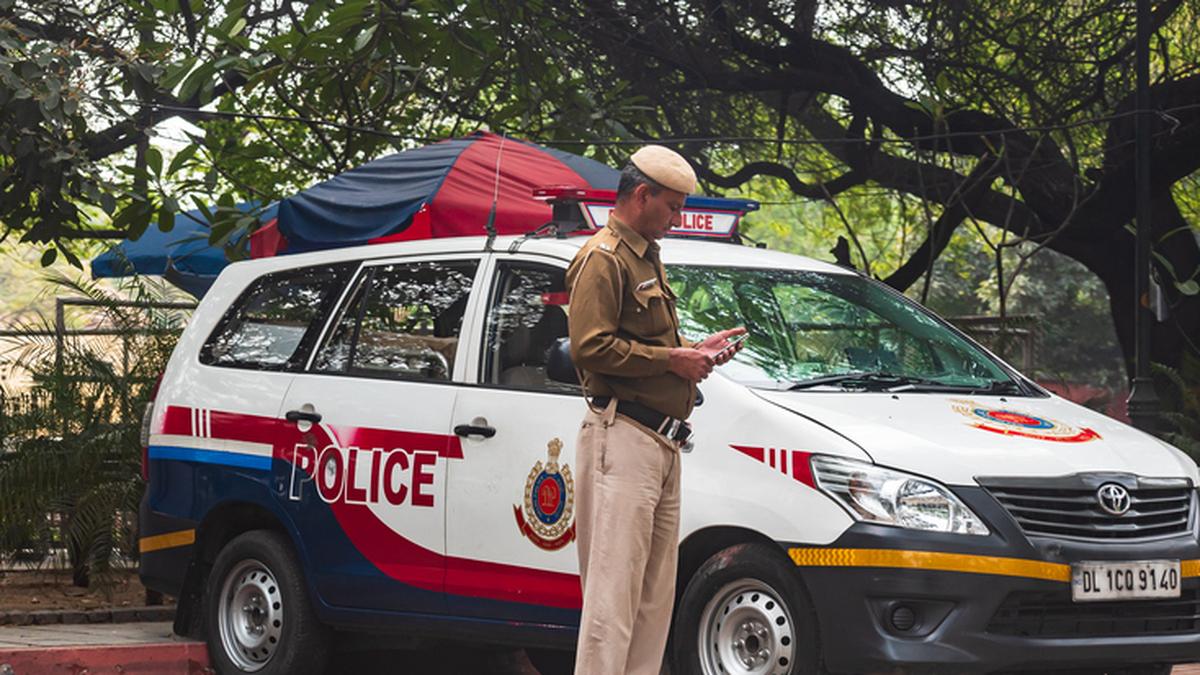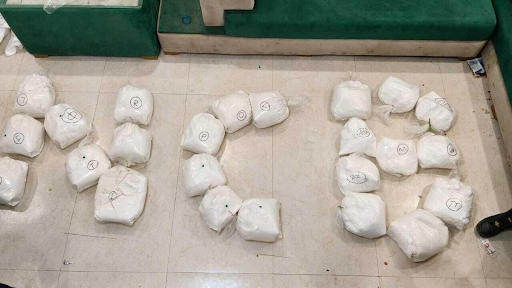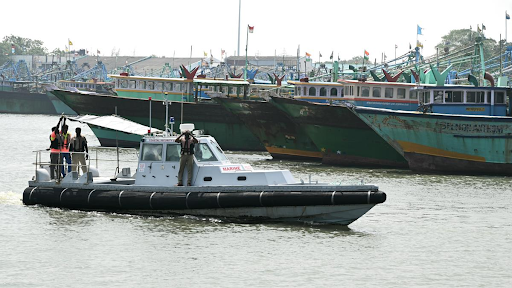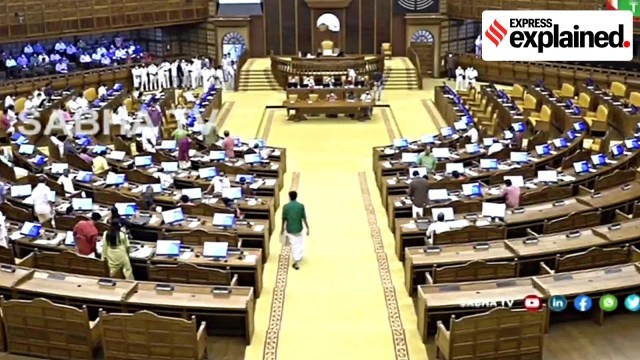Description
Source: BS, NewIndiaExpress
Disclaimer: Copyright infringement not intended.
Context
The Union Budget for 2025-26 has earmarked Rs 6.81 trillion for defence, marking a slight increase from last year's allocation of Rs 6.22 trillion. The Ministry of Defence has declared 2025 as its “Year of Reform”, aiming to overhaul acquisition procedures.
Key Aspects of the Budget Allocation
- Total Defence Budget:
- Rs 6.81 trillion allocated for defence in FY26, up from Rs 6.22 trillion in FY25, reflecting a marginal rise.
- Despite this growth, the defence allocation remains at 1.9% of India's GDP, continuing the downward trend from 2.4% in FY21. It indicates that the defence budget’s proportion to the nation’s GDP has been shrinking over the last few years.
- An expert from the Special Centre for National Security Studies, JNU (Delhi), has said that India should ideally spend at least 3% of GDP on defence because of its strategic challenges, including the threats posed by China and Pakistan, both of which are nuclear-armed neighbors.
- Defence Capital Outlay:
- Capital outlay for the armed forces has been set at Rs 1.8 trillion, which marks a slight increase from the previous year's outlay of Rs 1.72 trillion.
- Capital expenditure primarily refers to the acquisition of weapons, aircraft, naval vessels, and infrastructure for the forces.
- The revenue expenditure for defence is set at Rs 4.89 trillion, including Rs 1.61 trillion for pensions for veterans and retired personnel.
- Key allocations under capital expenditure:
- Rs 48,614 crore for purchasing aircraft and aero engines.
- Rs 24,391 crore for the naval fleet.
- Rs 63,099 crore for other equipment.
- Focus on Infrastructure and Border Security:
-
- The allocation to the Border Roads Organisation (BRO) has seen a significant increase from Rs 6,500 crore in FY25 to over Rs 7,000 crore in FY26.
- This increase reflects the government's emphasis on enhancing infrastructure along the border areas for quicker mobility and logistical support to armed forces in border regions, particularly in areas like Ladakh and North Eastern States.
- Defence Research and Development (DRDO) and Innovations for Defence Excellence :
-
- The Defence Research and Development Organisation (DRDO) will receive Rs 26,800 crore in FY26.
- This allocation focuses on strengthening India’s indigenous defence technology, including advancements in missiles, radar, drones, and other high-tech military equipment.
- The budget also includes ₹450 crore to promote innovation, entrepreneurship and self-reliance in the defence manufacturing sector.
- This amount has been set aside for the iDEX (Innovations for Defence Excellence) and ADITI (Acing Development of Innovative Technologies with iDEX) schemes.
- Rising Importance of Maritime Security:
-
- India’s strategic focus on maritime security is increasingly significant, especially in the Indian Ocean region.
- The Navy’s share of the budget is expected to increase, although the specific breakdown of the services’ capital expenditure is not publicly detailed due to a lack of separate markers in official documents.
- Economic Context:
-
- India is the world's 5th-largest economy and has the 2nd-largest standing army, but its defence budget growth has not shown its economic rise.
- The country faces increasing security threats, but the budgetary allocation remains limited.
- India is also the world’s largest developing country by population, which means it needs to balance the demands of social development alongside national security.
- An expert Lieutenant General (Retd.) on India-China relations, said that the budget did not show a strong preference for defence over other sectors, asserting that social development should remain a priority.
About Innovations for Defence Excellence (iDEX)
|
Launch
|
Initiated by the Prime Minister in 2018.
|
|
Objective
|
Promote innovation and technology development in defence and aerospace sectors.
|
|
Platform
|
Collaborative space for stakeholders to co-create and develop innovative defence technologies.
|
|
Challenges and Programs
|
Defence India Startup Challenge (DISC), Open Challenge, Thematic Open Challenge, ADITI Challenge.
|
|
Ecosystem Creation
|
Engages industries, MSMEs, start-ups, individual innovators, R&D institutes, and academia.
|
|
Support
|
Provides grants, funding, and additional support for R&D activities.
|
|
Governance
|
Defence Innovation Organization (DIO) formed as a not-for-profit company under Section 8 of the Companies Act 2013, established by HAL and BEL.
|
About Acing Development of Innovative Technologies with iDEX (ADITI) Scheme
|
Sub-scheme within iDEX, launched by the Defence Minister on 4th March 2024
|
|
Funding
|
Offers grants of up to Rs 25 crore for R&D in critical defence technologies.
|
|
Budget
|
Rs 750 crore for the period 2023-24 to 2025-26.
|
|
Objective
|
Address the needs of modern armed forces.
|
|
Challenges
|
First Round: 17 challenges. ADITI 2.0: 19 new challenges in AI, quantum technology, and military communications.
|
|
Recent Developments
|
DISC 12 launched with 41 challenges across various technology domains, grants up to Rs 1.5 crore.
|
|
Collaboration and Participation
|
Over 9,000 applications and collaboration with more than 450 startups and MSMEs.
|
Source: BS, NewIndiaExpress
|
PRACTICE QUESTION
Q.With reference to the defence allocation in the Union Budget 2025-26, consider the following statements:
- The total defence allocation for FY26 has been set at Rs 6.81 trillion, reflecting a marginal increase compared to the previous year.
- The capital outlay for the armed forces is Rs 1.8 trillion, with a notable increase in the allocation for the Border Roads Organisation (BRO).
- The iDEX scheme is aimed at enhancing India’s maritime security by focusing on naval innovations and equipment.
Which of the statements given above is/are correct?
(a) 1 and 2 only
(b) 1 and 3 only
(c) 2 and 3 only
(d) 1, 2, and 3
Answer: (a)
Explanation:
- Statement 1 is correct: The total defence allocation for FY26 is Rs 6.81 trillion, a marginal increase from Rs 6.22 trillion in FY25.
- Statement 2 is correct: The capital outlay for the armed forces is Rs 1.8 trillion, with an increase in the allocation for the Border Roads Organisation (BRO), which has risen from Rs 6,500 crore in FY25 to over Rs 7,000 crore in FY26.
- Statement 3 is incorrect: The iDEX scheme focuses on innovation in defence technology, including AI, quantum technology, and military communications, not specifically maritime security.
|









